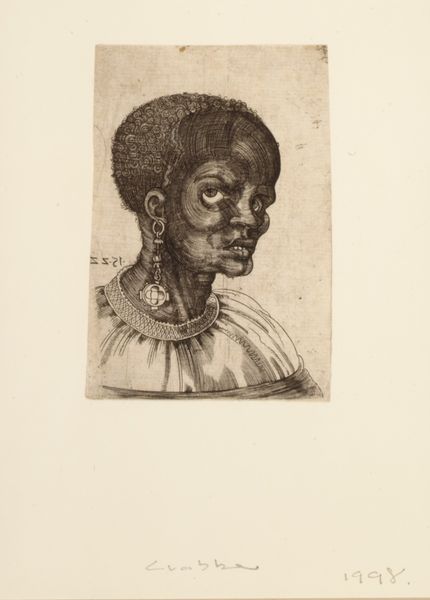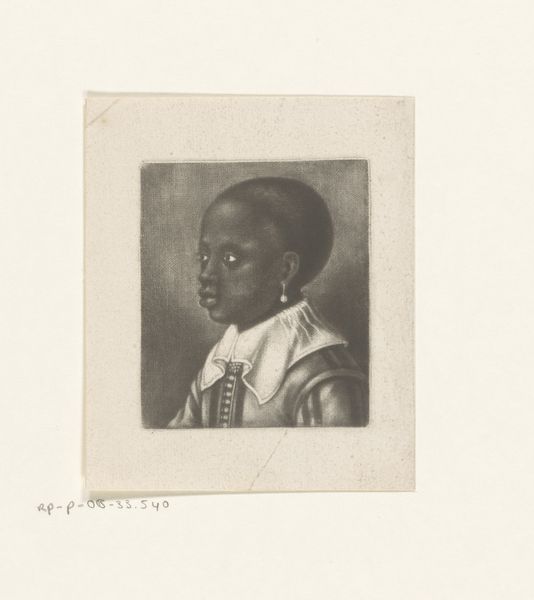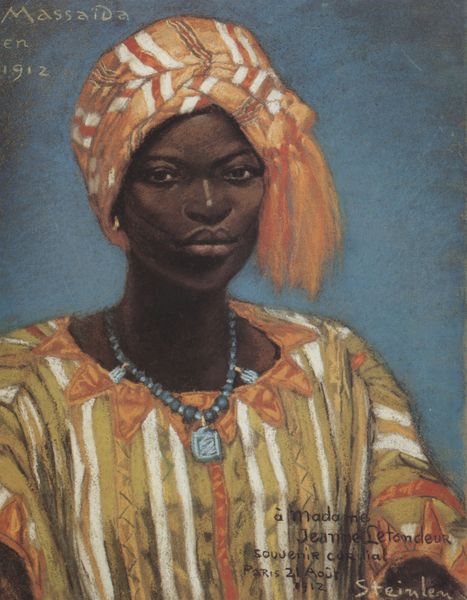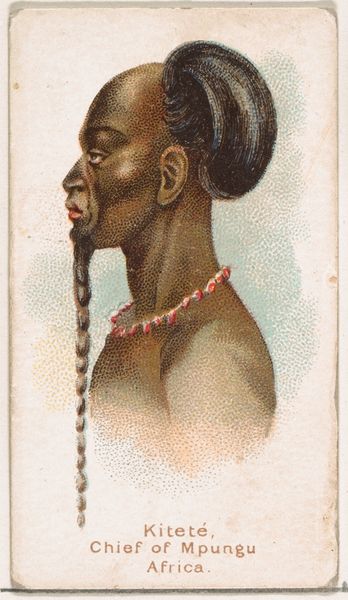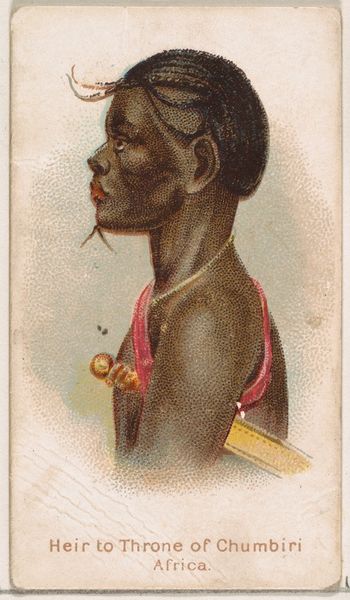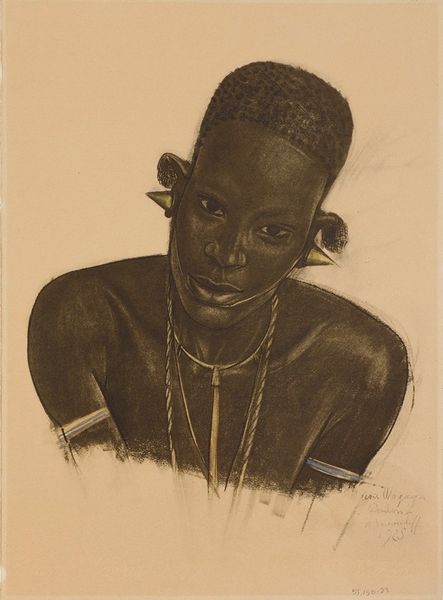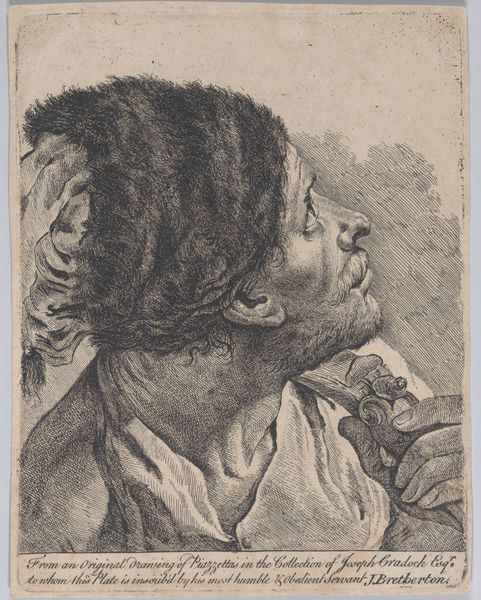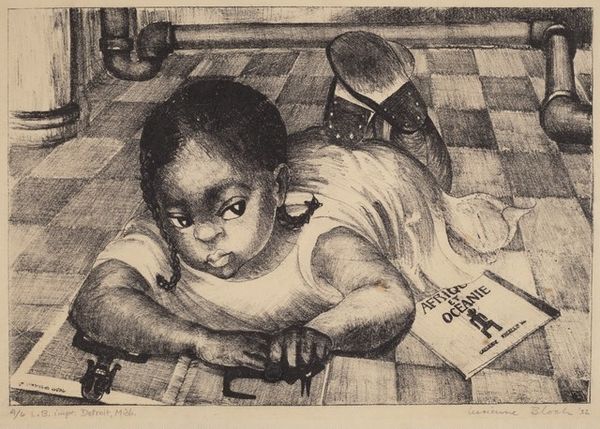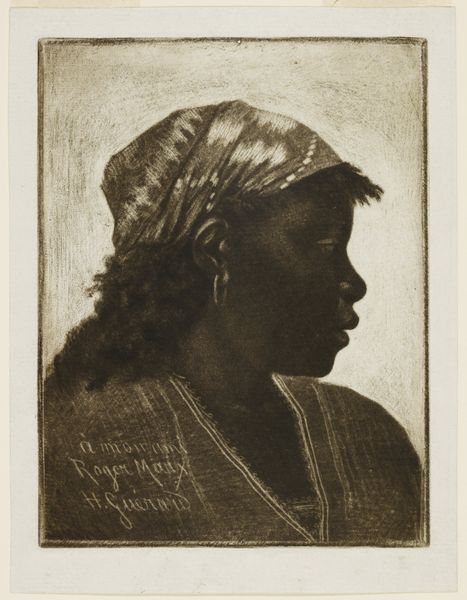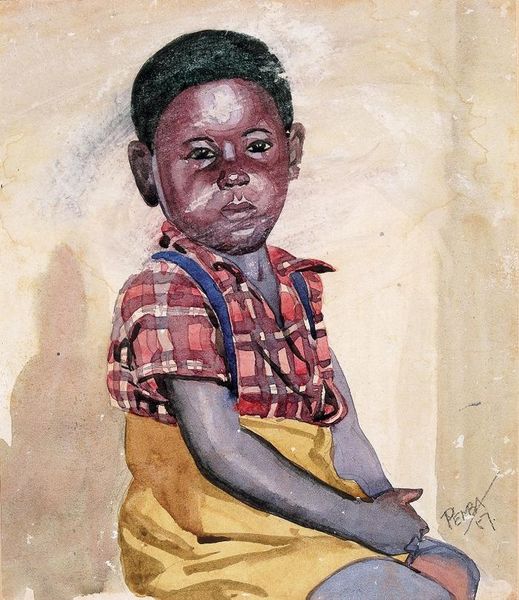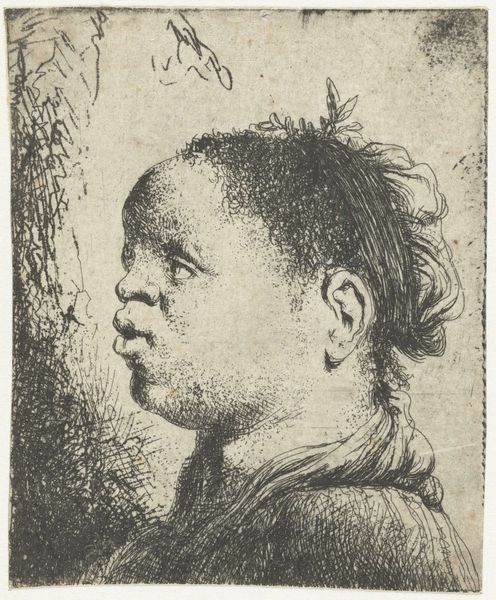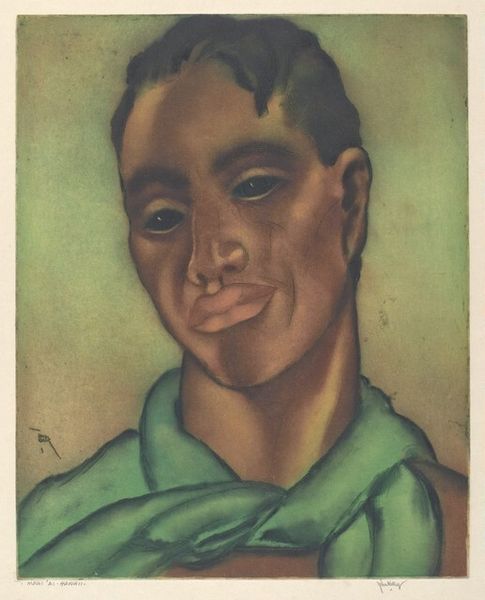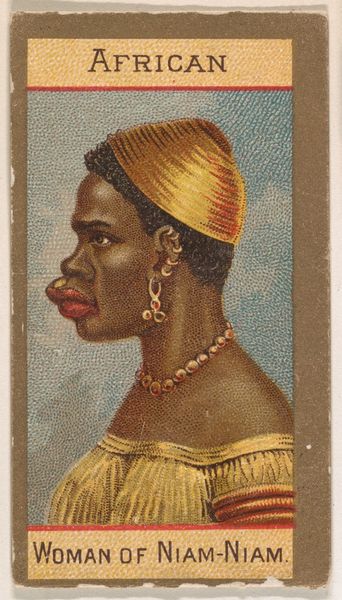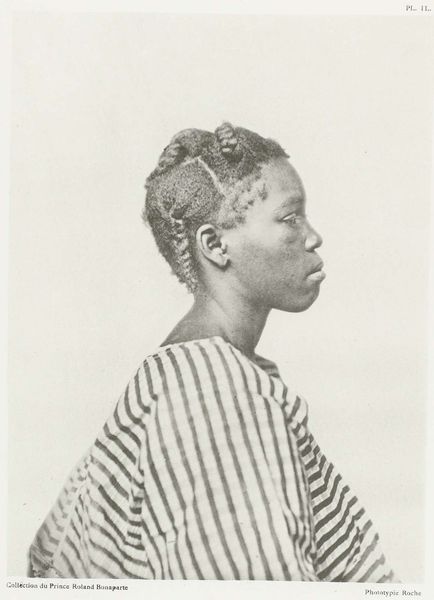
print, etching
#
portrait
#
art-deco
# print
#
etching
#
realism
Dimensions: plate: 25.08 × 17.15 cm (9 7/8 × 6 3/4 in.)
Copyright: National Gallery of Art: CC0 1.0
Curator: Laura Knight created this etching, entitled "Juanita," in 1928. It's a striking example of realism from the Art Deco era, a limited edition print numbered 23 out of 40. Editor: There's a quiet dignity to this piece. The subject's gaze is direct, almost challenging, despite the print's soft, muted tones. Her eyes seem so thoughtful and serious, hinting at untold narratives within broader social contexts. Curator: Absolutely. Knight was fascinated by marginalized communities and often depicted individuals from travelling circuses and dance companies. Consider the societal biases of the time, she took deliberate steps towards more realistic representation. There’s a power in choosing etching too, because that makes the process very meticulous and delicate. Editor: Precisely, thinking intersectionally, it is critical to look into the power dynamics at play. Who has the right to represent whom, and under what conditions? To fully grasp the nuances here, we have to look into issues of racial and cultural representation and reflect critically. Curator: Context is paramount, indeed. Knight's body of work aimed to show an underrepresented segment of society with respect. It appeared at a period of wider discourse surrounding diversity and evolving societal viewpoints and served the politics of image. This particular print may also be interpreted as being in accordance with contemporaneous attempts to record different cultural identities, with considerations of the ethics of representation necessarily at stake. Editor: Ultimately, this portrayal opens opportunities for questioning the established quo. Her defiant yet delicate attitude defies preconceptions by welcoming us to rethink and comprehend her complicated reality. The image lingers. It urges ongoing discussion, forcing viewers to recognize not only Juanita’s beauty but also her unique standing in the intersection of social and political contexts. Curator: Yes, “Juanita” offers more than meets the eye, inviting conversation about artistic representation, societal narratives, and the complex dialogues around race, representation, and the public role of art during the interwar period. Editor: And on its capacity to promote continuous intersectional engagement and reflection on themes relating to identification, respect, and cultural comprehension.
Comments
No comments
Be the first to comment and join the conversation on the ultimate creative platform.
